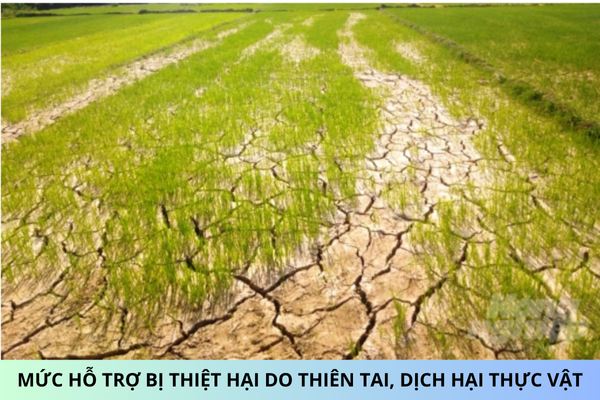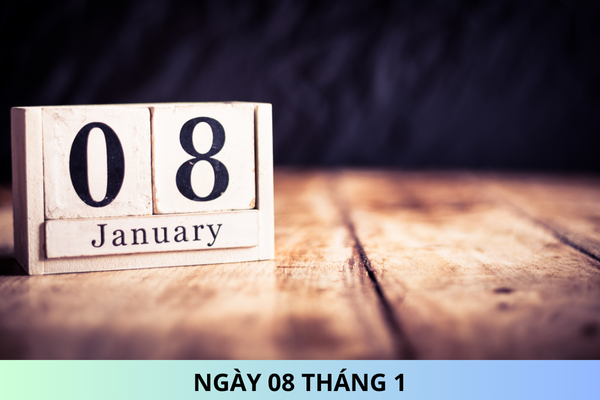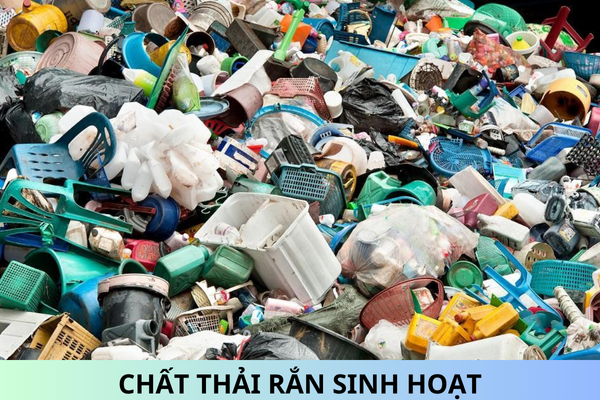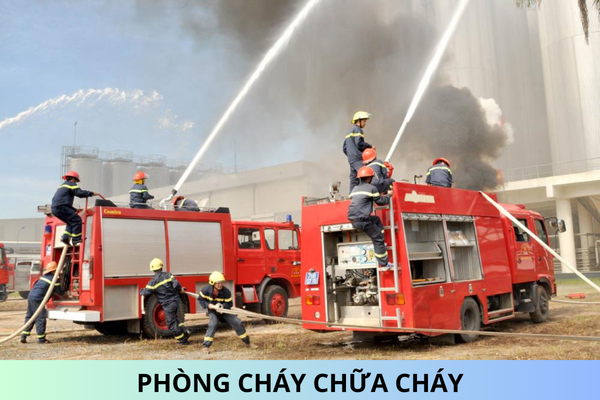How is the Quantity on Chemical Labels Indicated?
The method for recording quantities on chemical labels is stipulated in Appendix 8 issued with Circular 32/2017/TT-BCT on the guidance to the Law on Chemicals and Decree 113/2017/ND-CP guiding the Law on Chemicals issued by the Minister of Industry and Trade, specifically:
The method for recording the quantity of chemicals based on their state: For solid and gaseous chemicals, record the net weight; For chemicals that are solid and liquid mixtures, record the net weight of the mixture and the weight of the solids; For compressed gases, record the net weight of the compressed gas and the weight of the pressure container or the net weight of the compressed gas and the total weight of the compressed gas and the pressure container; For paste and gel chemicals, record the net weight or actual volume; For pastes contained in spray cans, record the net weight including both paste and the propellant; For liquid chemicals, record the actual volume at 20°C; For liquid chemicals in spray cans, record the actual volume at 20°C including both the liquid and the propellant.
Method for recording measurement units
- Record the measurement unit on the chemical label using the full name or the symbol of the measurement unit. For example, "gram" can be written as "g"; "milliliter" as "ml";
- The unit name is written in lowercase, not capitalizing the first letter. For example: kilogram, gram, not as Kilogram, Gram (except for temperature: Celsius, 0C);
- The unit symbol is written in lowercase and upright style. For example: kg, g, l, not written as Kg, G, L;
- Write the measurement unit and the numerical value separated by a space. For example: 200 g, 300 ml, not 200g, 300ml;
- When expressing quantities with calculations, record a common unit for the values within brackets or individually by each value. For example: (500 ± 5) g or 500 g ± 5 g, not 500 g ± 5 or 500 ± 5 g;
- Decimal points in value quantities should use a comma (,), not a period. For example: 1,250 kg, not 1.250 kg;
- Unit of mass: kilogram (kg), gram (g), milligram (mg). Below 01 kg, use unit g (for example: write 500 g not 0.5 kg); below 01 g, use unit "mg" (for example write 500 mg not 0.5 g);
- Unit of volume: liter (l), milliliter (ml). Below one liter, use unit "ml" (for example: write 500 ml not 0.5 l).
This is the advice on how to record quantities on chemical labels. For more detailed information, please refer to Circular 32/2017/TT-BCT. We hope our advice helps to solve your concerns.
Wishing you health and success!










